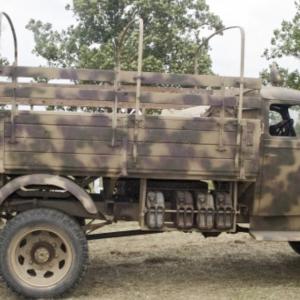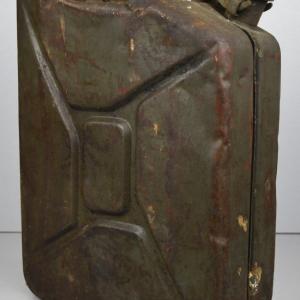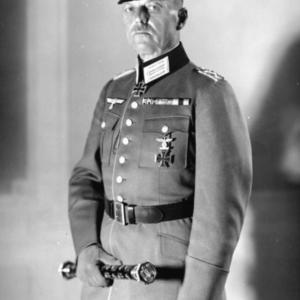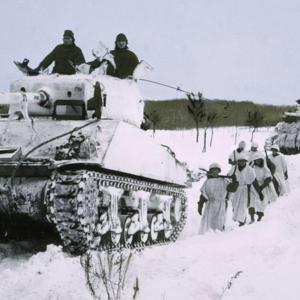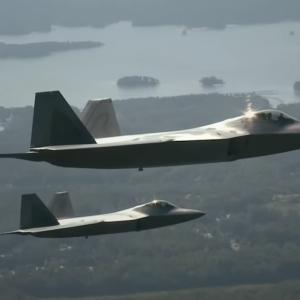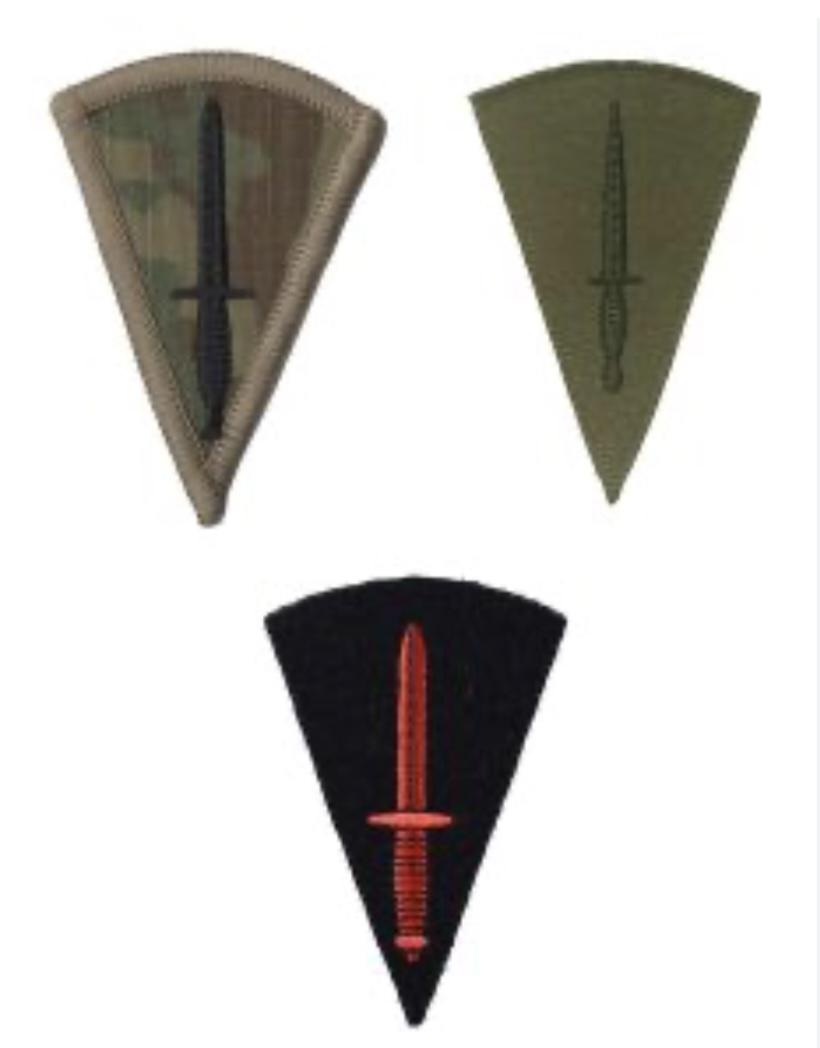
Commando badge
The iconic dagger badge worn by Royal Marines Commandos traces its origins to a real combat weapon — the Fairbairn-Sykes fighting knife. Designed in the early days of the Second World War by William Fairbairn and Eric Sykes, the knife was created for close-quarters combat. With its slim, double-edged blade and balanced grip, it was ideal for stealth, speed, and precision. It quickly became the weapon of choice for British Commandos and special forces.
As these elite units formed and began operating in the early 1940s, the dagger became more than just a practical tool. It emerged as a symbol of the commando spirit — silent, deadly, and direct. At Achnacarry, the main Commando training centre in the Scottish Highlands, the Fairbairn-Sykes knife became a central part of commando identity. Recruits trained with it, carried it into battle, and began to see it as a mark of their unique role. Before long, the dagger was adopted as a visual emblem representing those who had completed commando training.
When the Royal Marines began forming their own commando units during the war, they too embraced the dagger as a symbol. It appeared on uniform flashes, insignia, and eventually became a formal badge awarded to those who completed the All Arms Commando Course and served in commando brigades. Today, Royal Marines who are commando-trained wear the dagger badge on the right sleeve of their combat uniforms. It signifies not only their training but their active service within a commando unit.
While the Fairbairn-Sykes knife itself was first produced in 1941, the use of its shape as an insignia likely developed informally during the war. The exact moment the dagger became a badge is unclear, as is the identity of the person who first turned the knife into a graphic emblem. There is no surviving record of a specific artist, military designer, or official being responsible for the initial badge design. It seems to have evolved naturally from the status the weapon had already gained among commandos.
Over the years, the dagger emblem was formalised in military dress regulations and remains in use today. For many, it represents not just a fighting tradition but a legacy of courage, discipline, and excellence. Though the precise details of its design history may be lost, the meaning of the dagger badge has only grown stronger with time. It continues to mark out those who have earned their place among one of the world’s most respected military forces.

